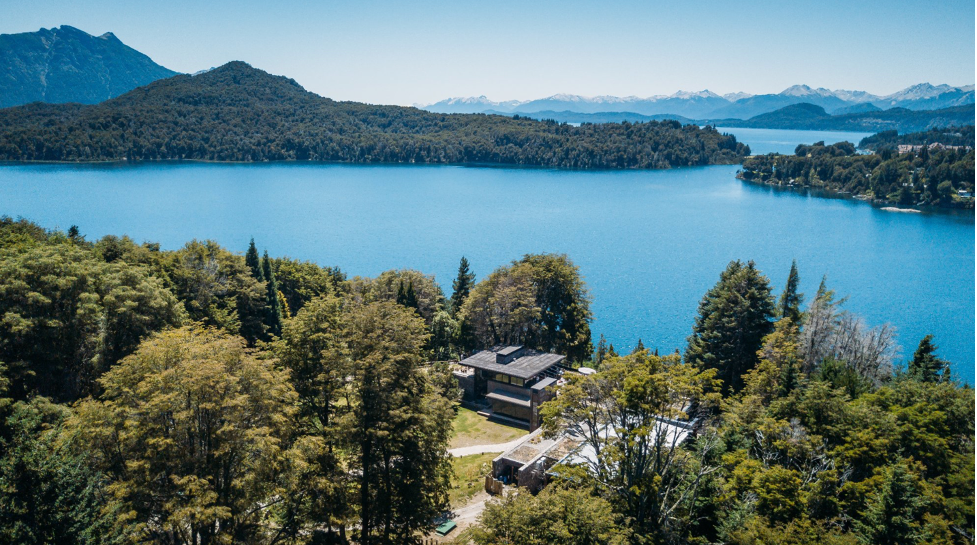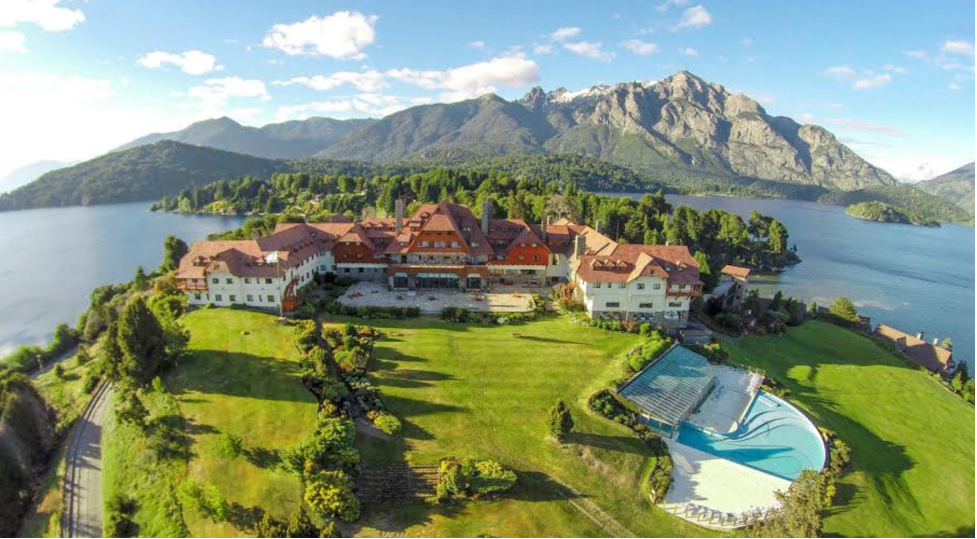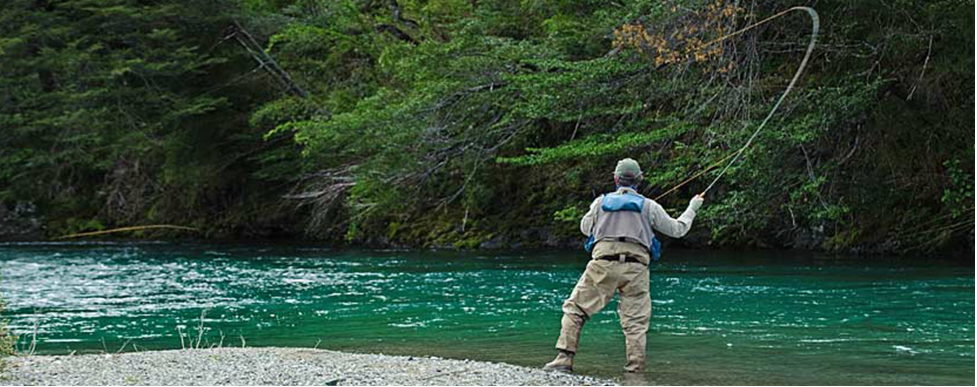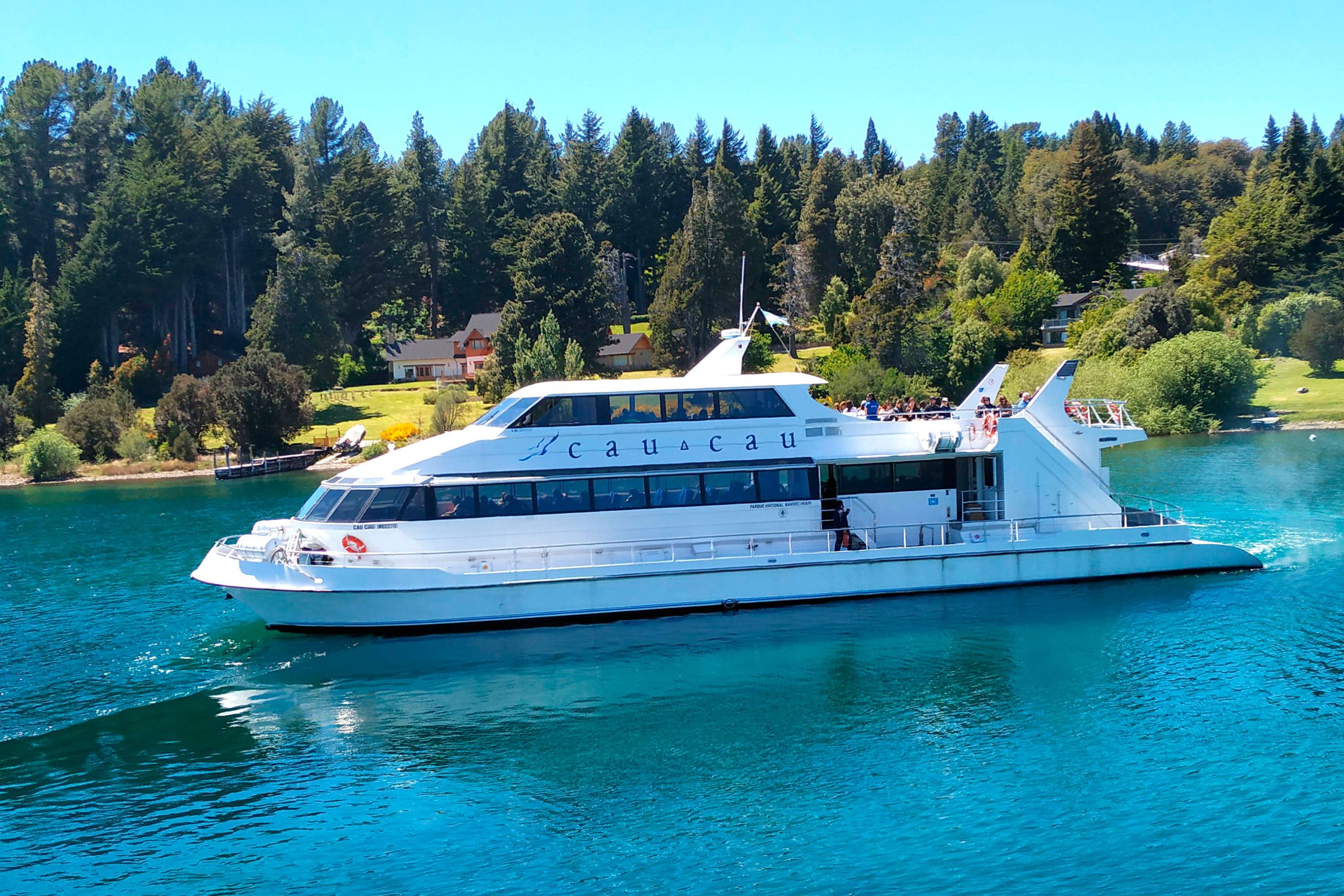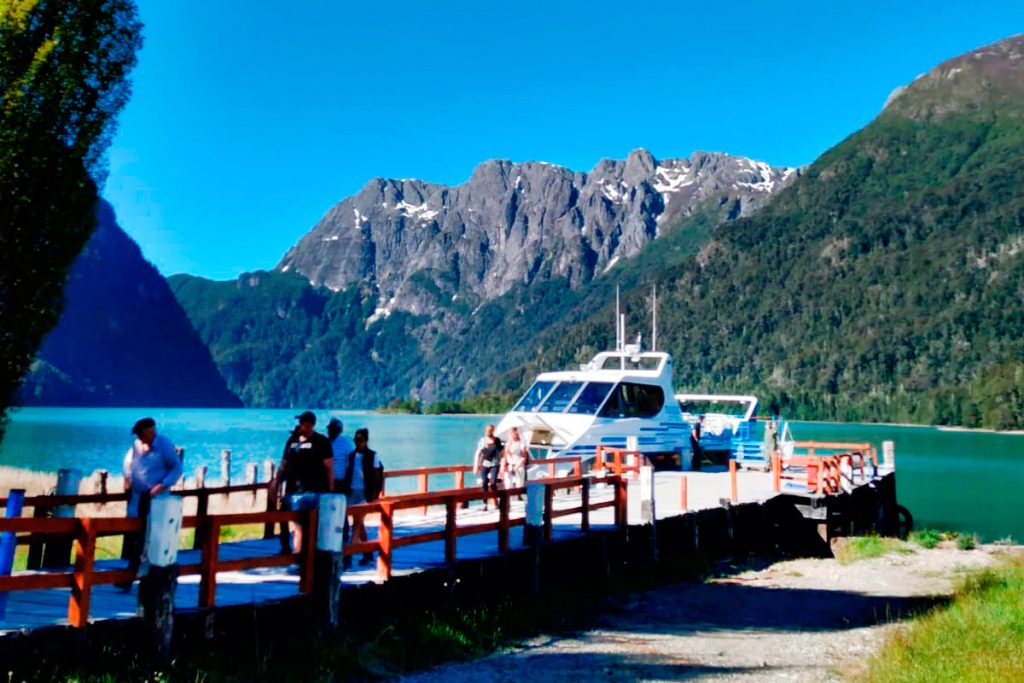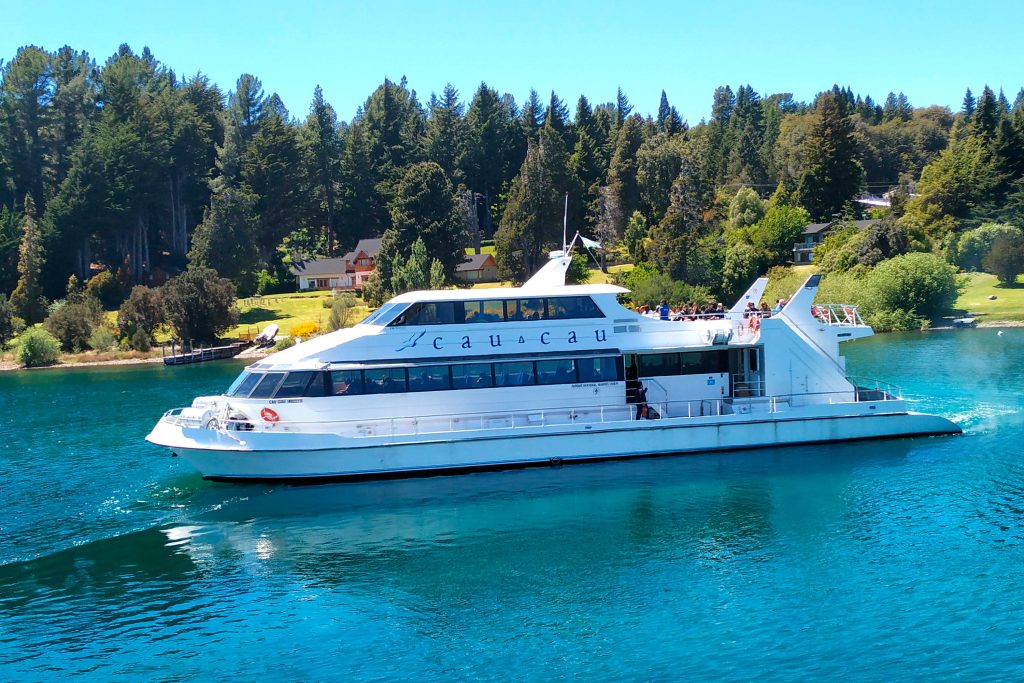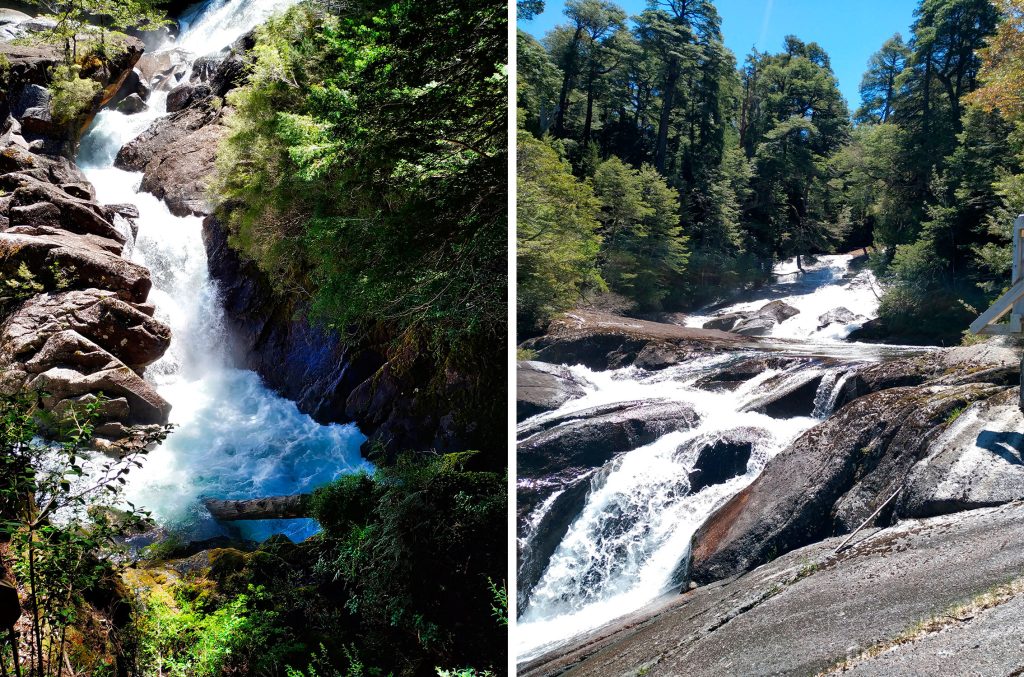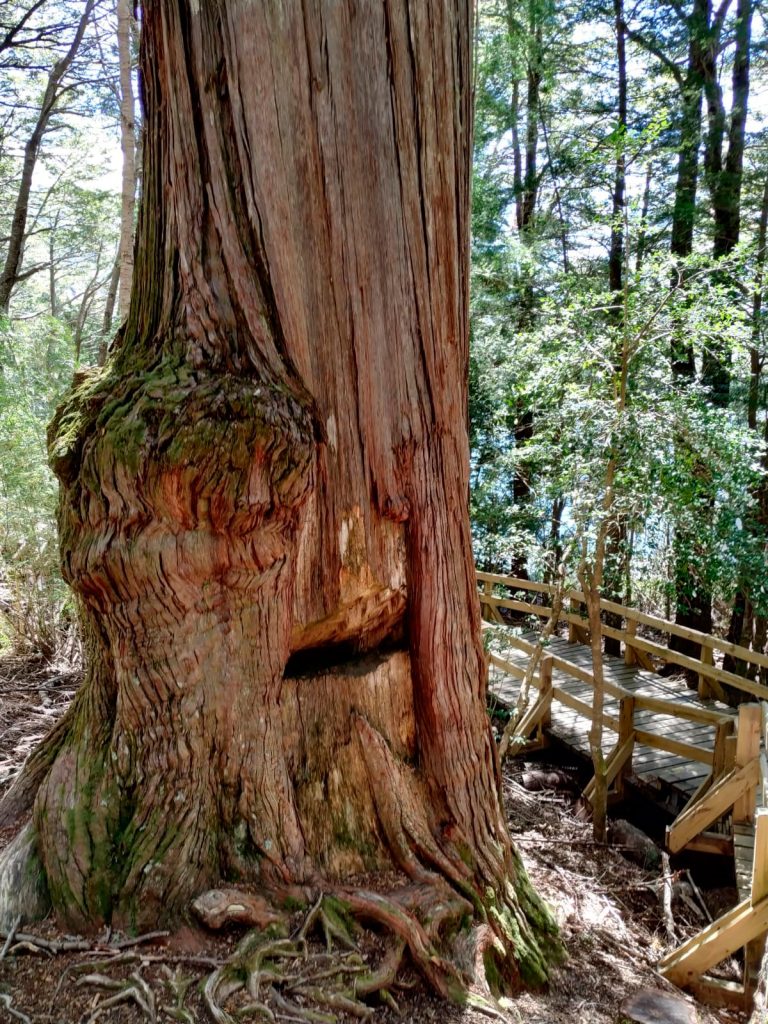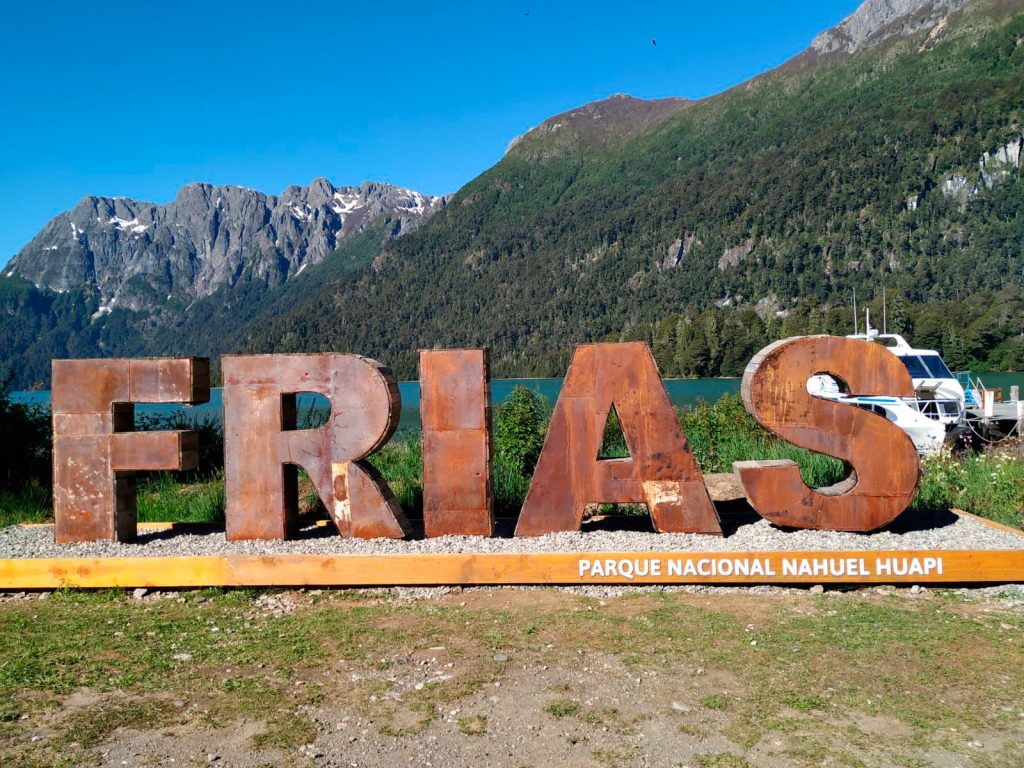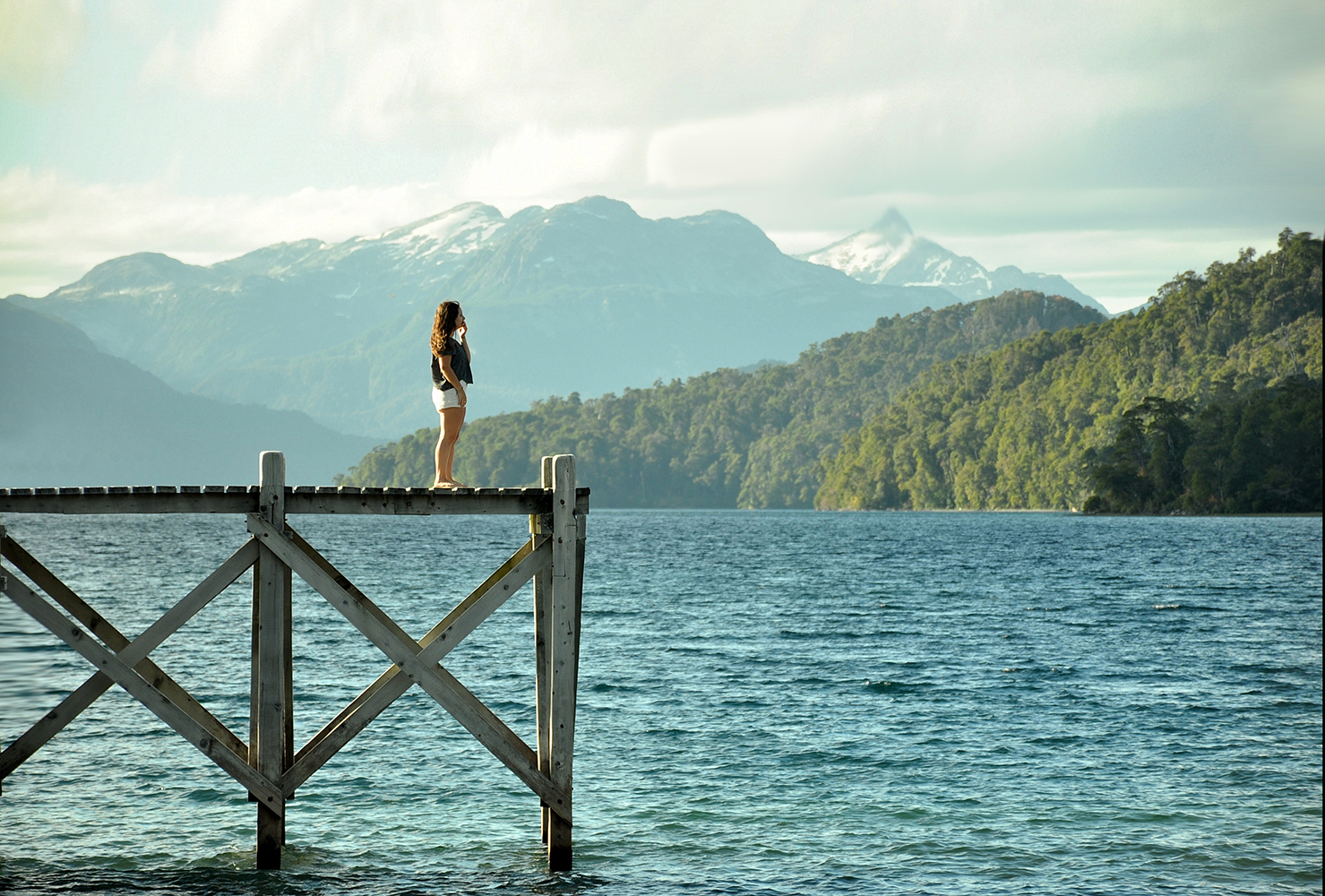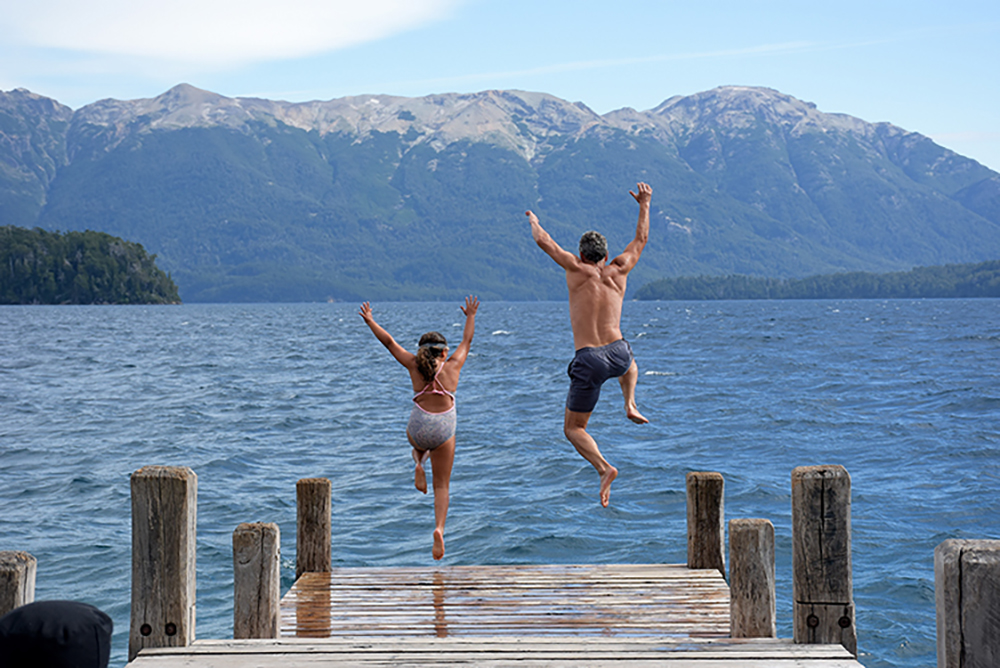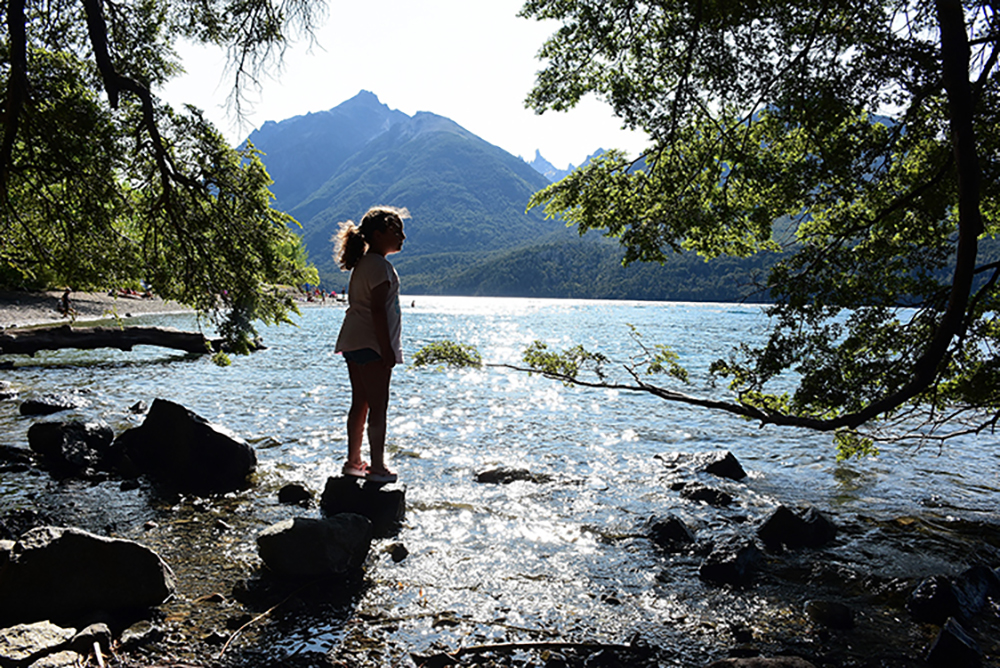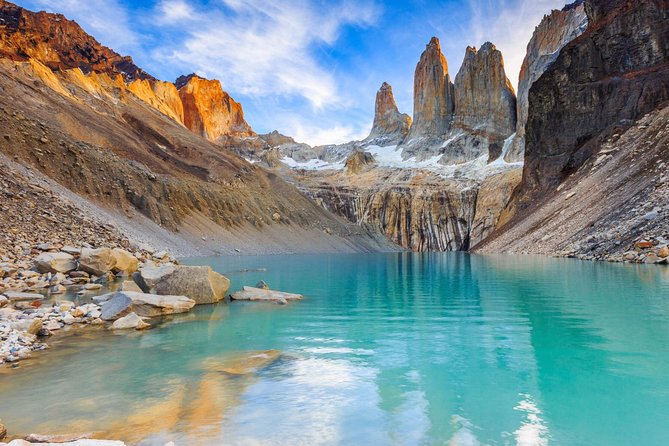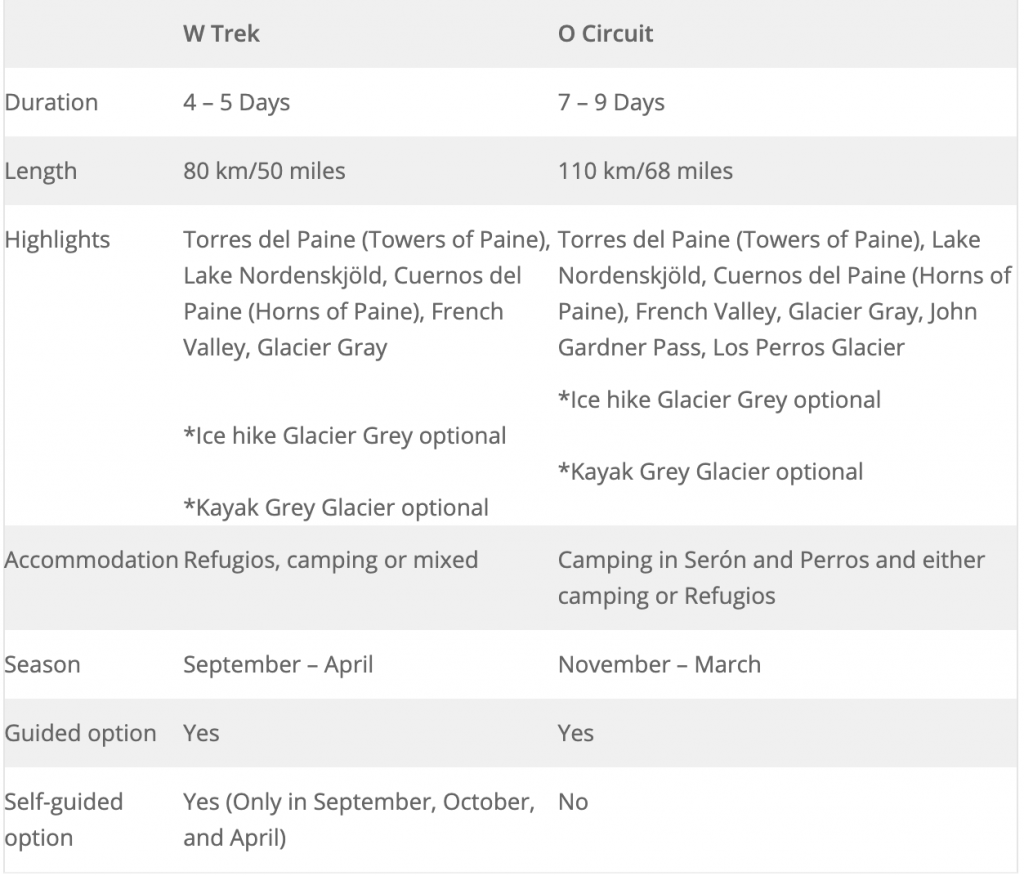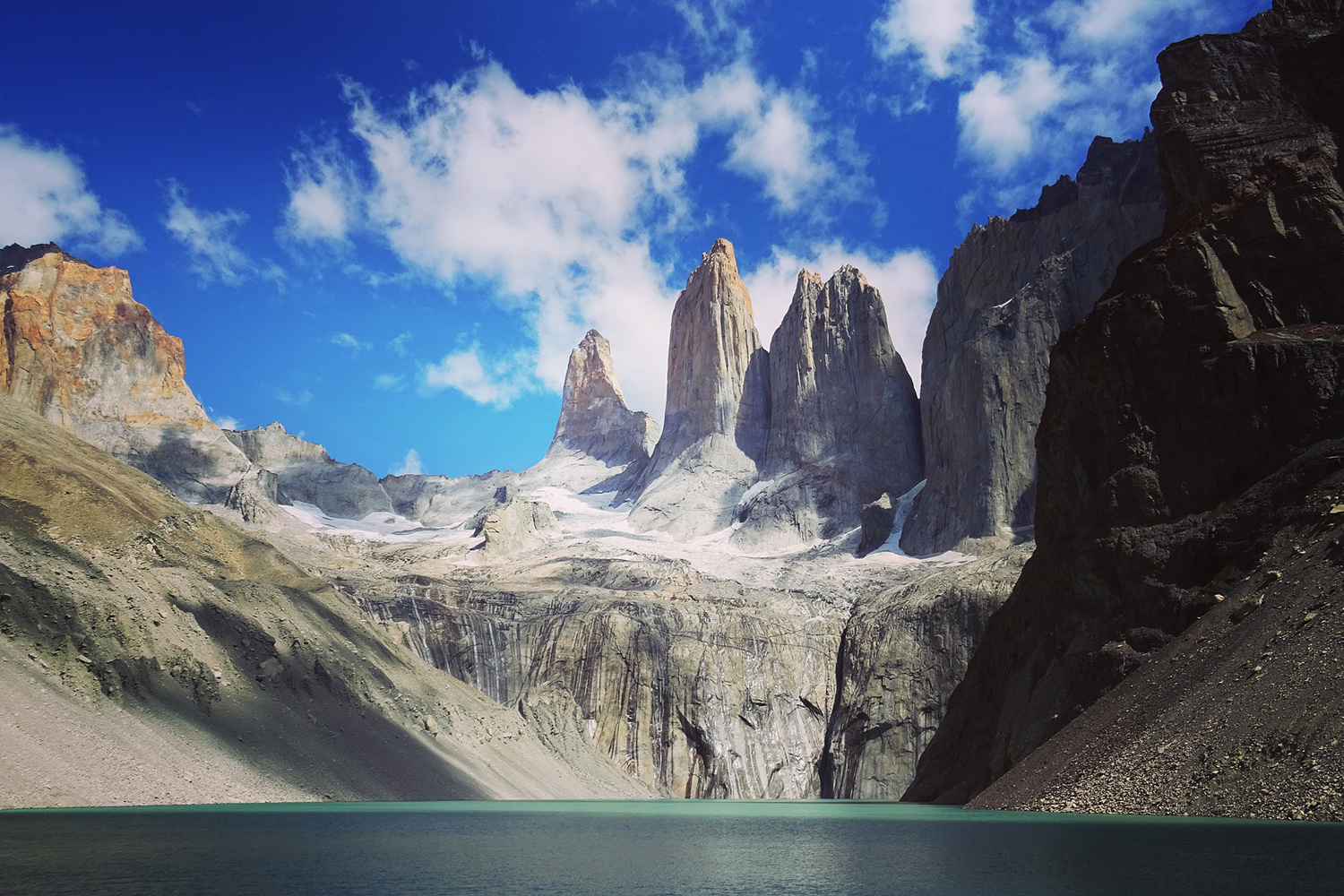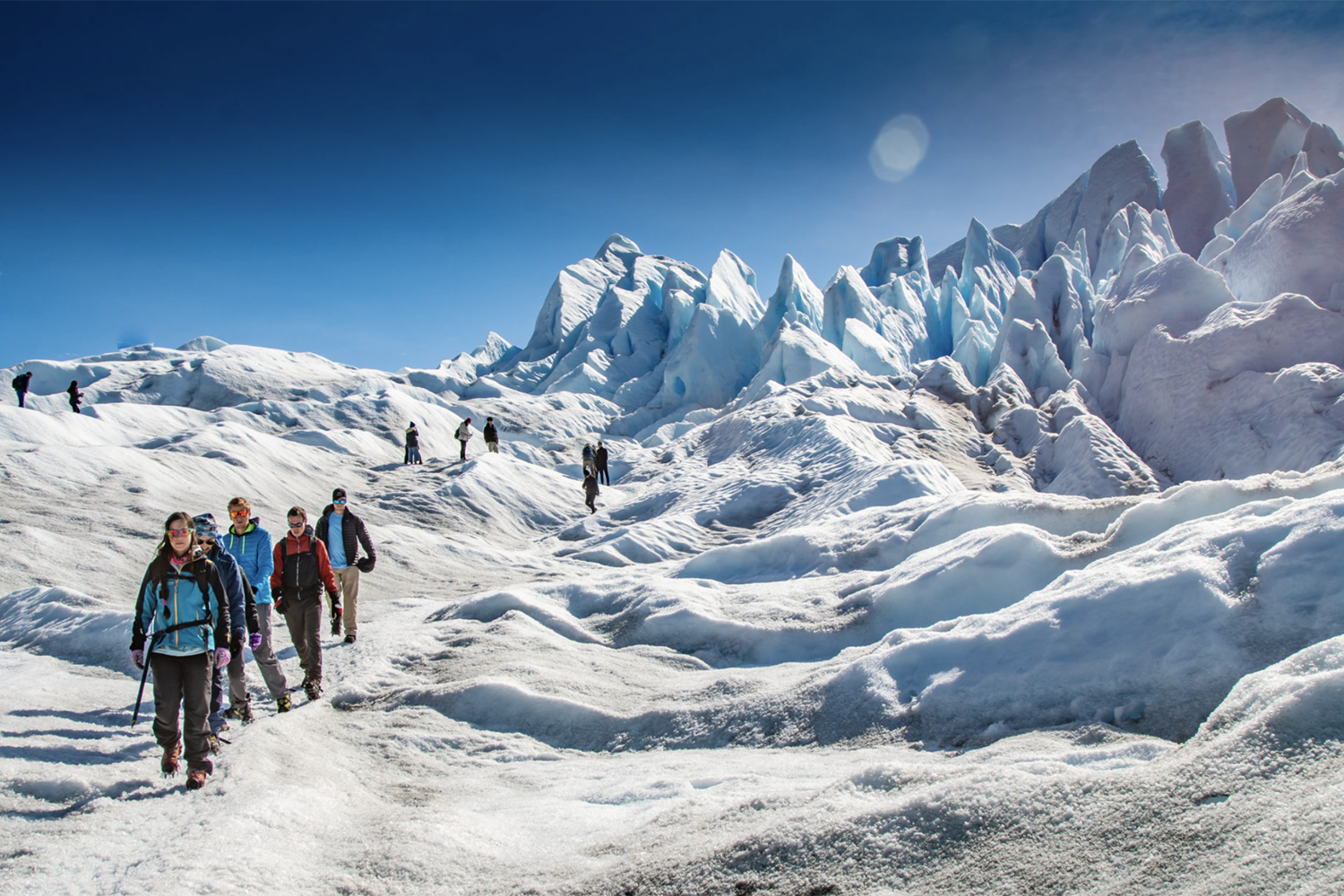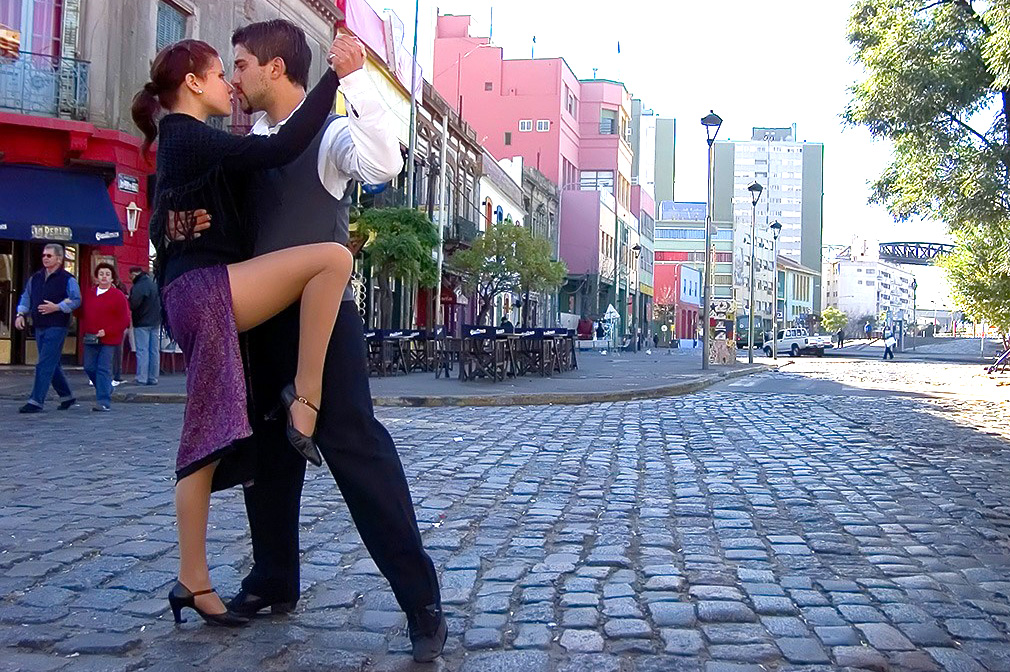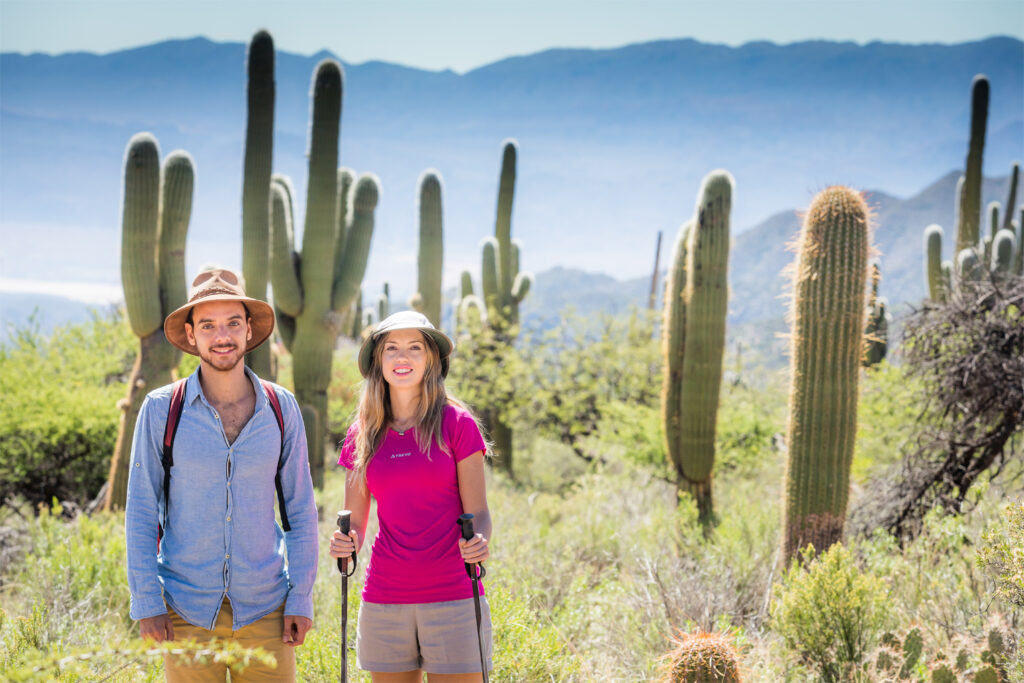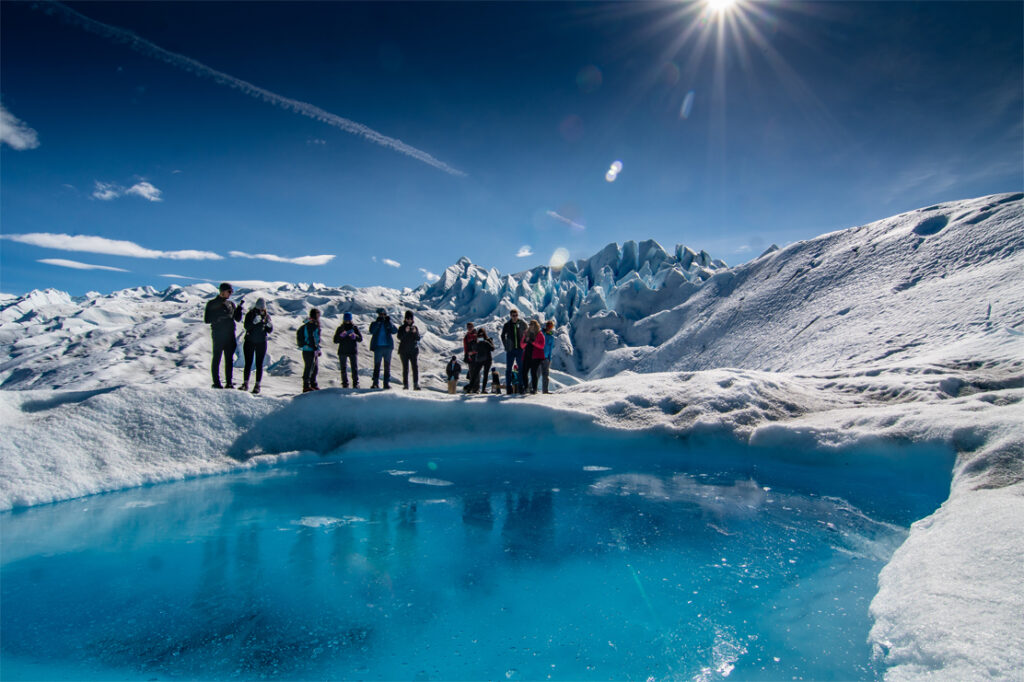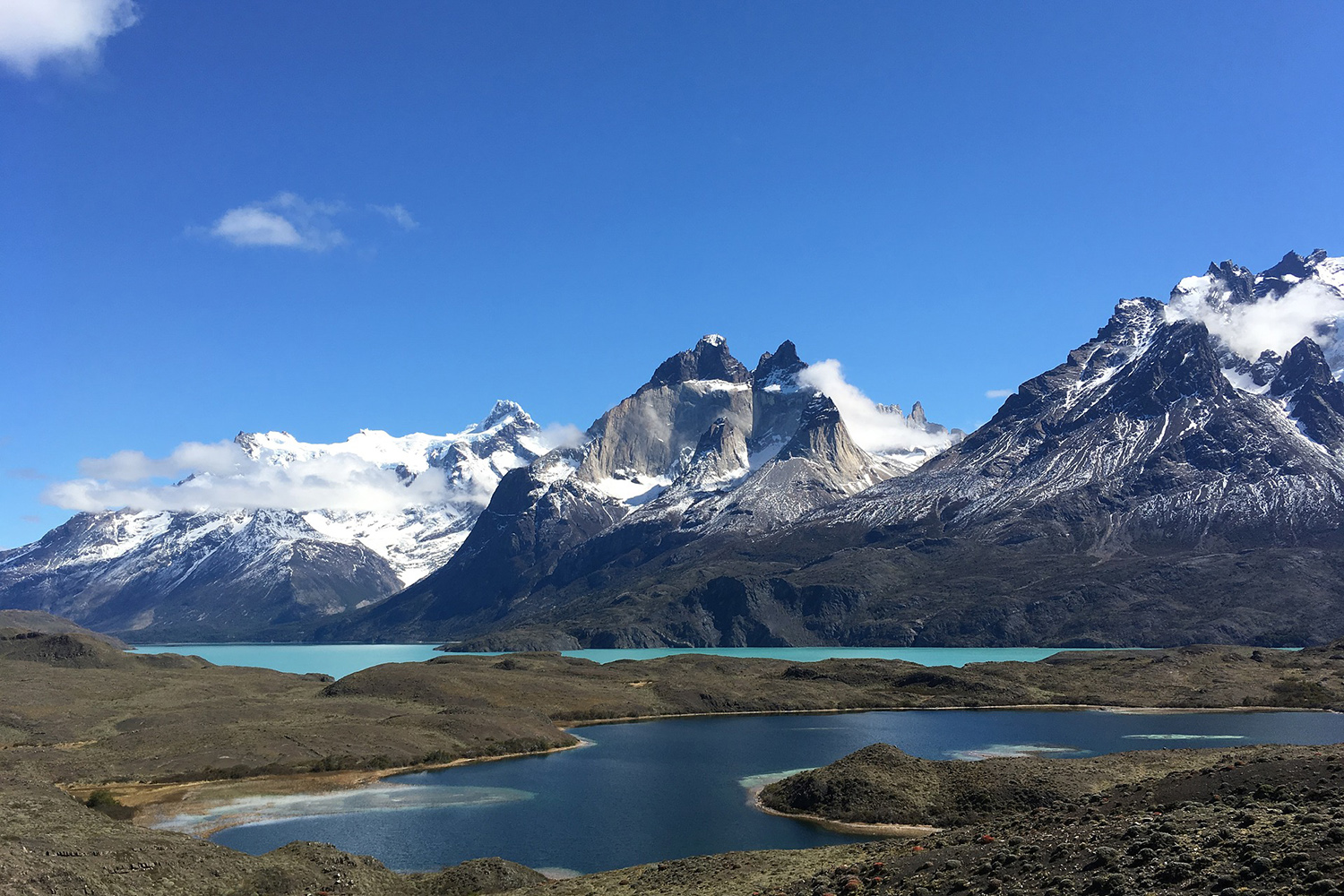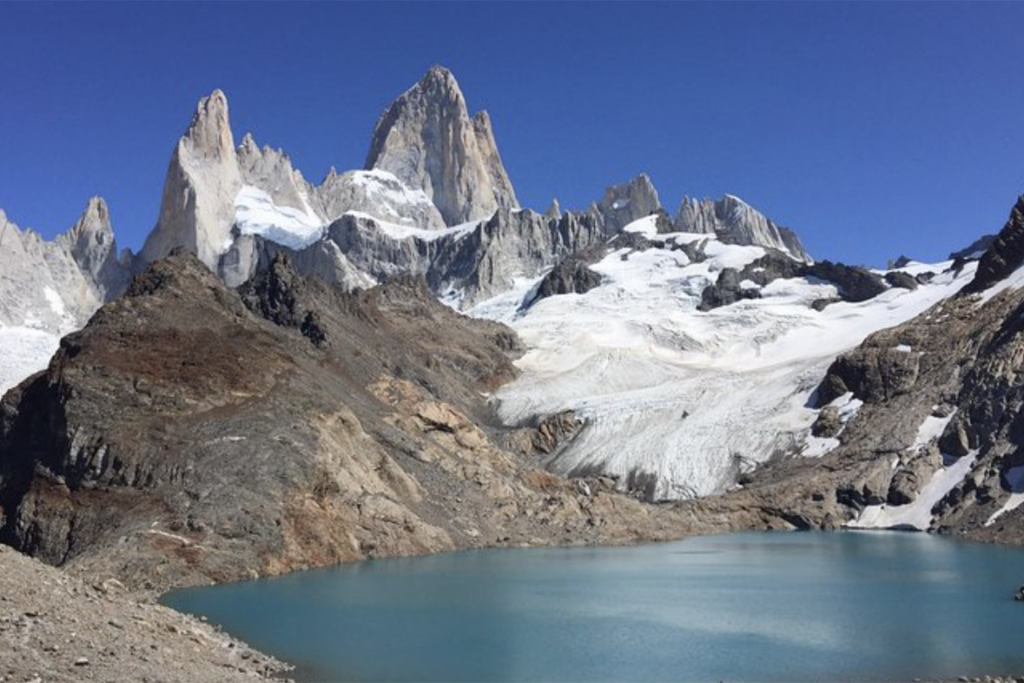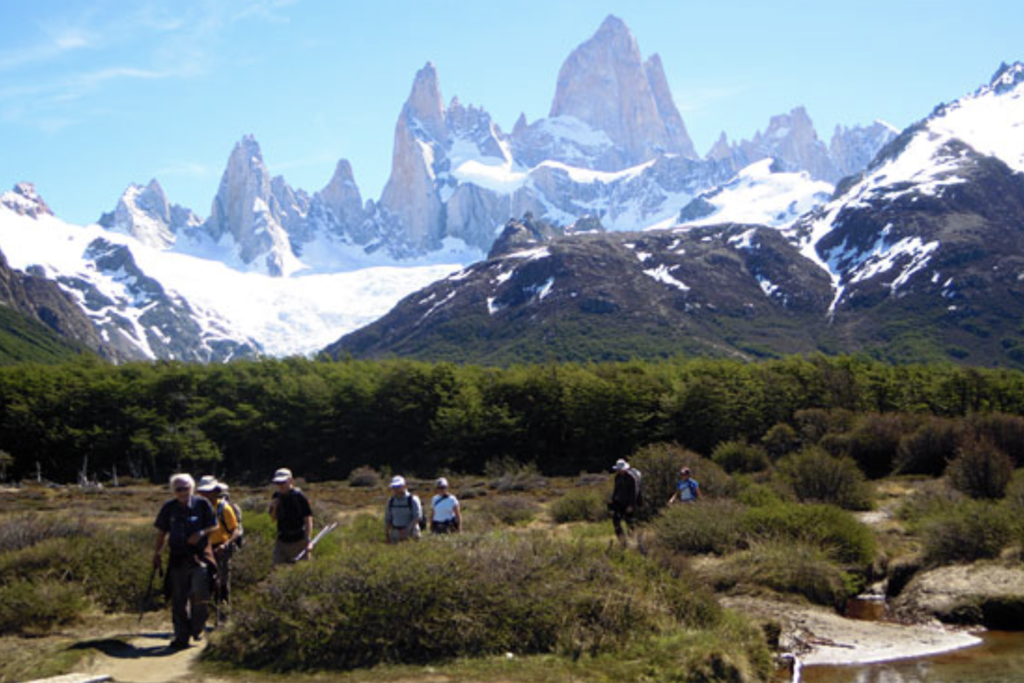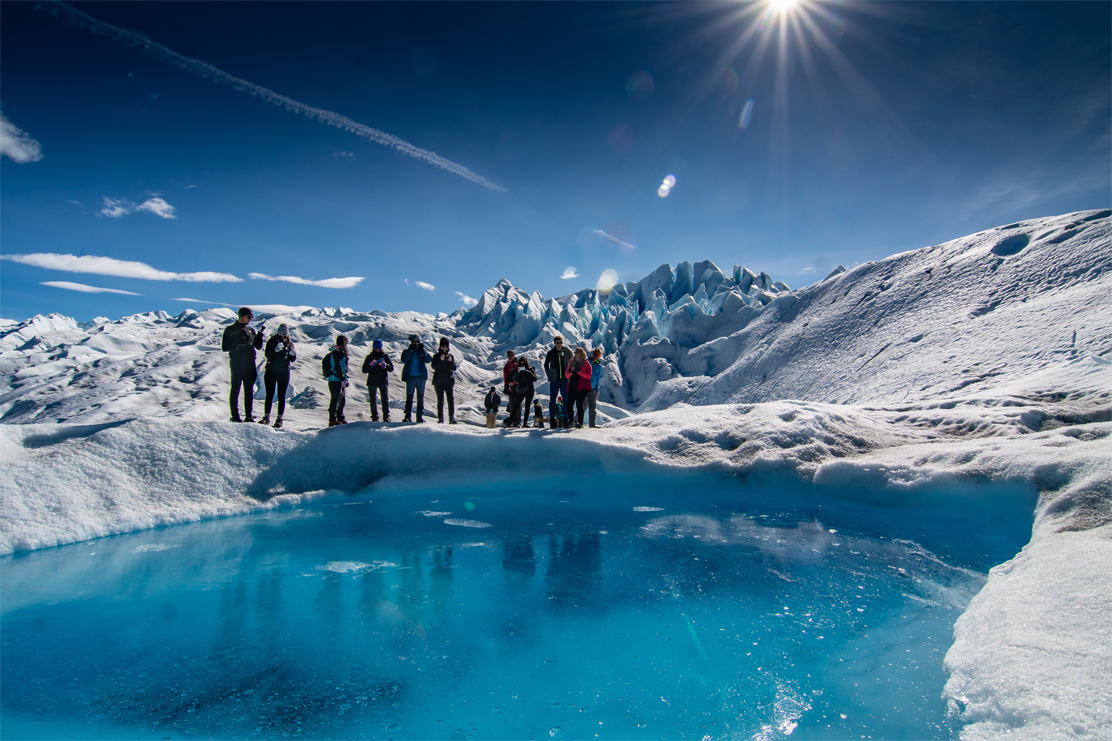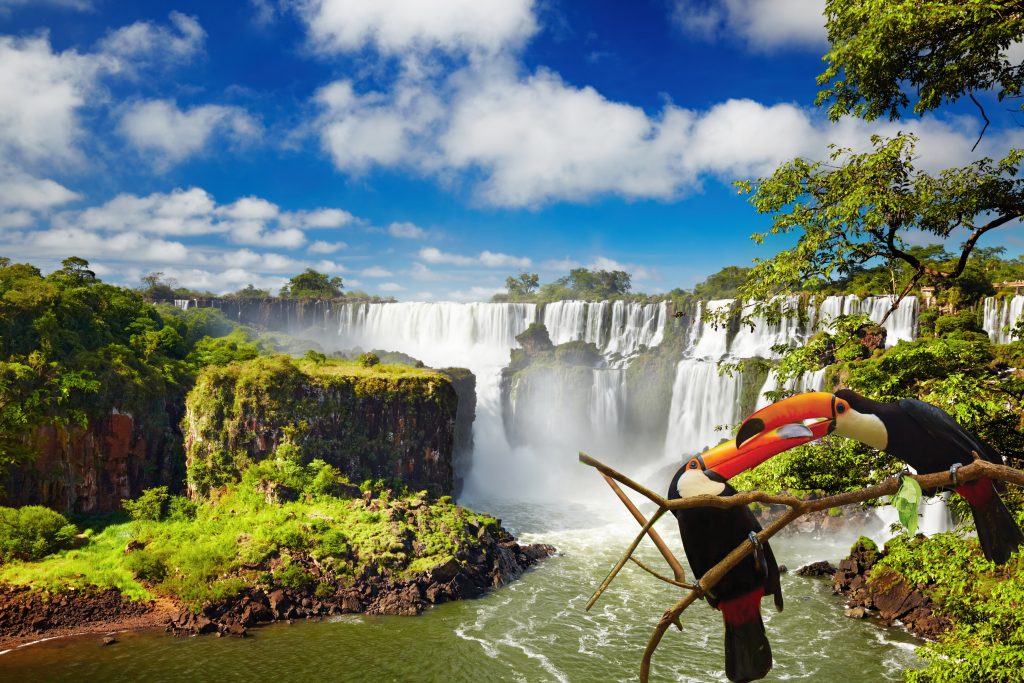The small village offers an extraordinary landscape that combines its geographical richness with a unique alpine architecture. Considered “The Garden of Patagonia”, the luxury tourist city on the northwest shore of Lake Nahuel Huapi is the favorite of the queen consort and her family to escape the Dutch winter.
Villa La Angostura is the Patagonian destination par excellence. It has an architecture that blends with its incredible natural landscapes, a wide and exquisite gastronomic proposal, first-class hotels such as the world-renowned Correntoso or the recently renovated Ruca Kuyen, attractions such as the fantastic Nahuel Huapi or the ancestral Los Arrayanes National Park, the Villa – as the locals fondly call it – is a visual spectacle that never goes out of style.
Not for nothing did it become the favorite refuge of Mauricio Macri, his wife Juliana Awada and his daughter Antonia, or Máxima Zorreguieta. However, the natural oasis is also visited year after year by backpackers, young people and entire families, both in winter and summer. Hidden beaches, horseback riding through Cerro Belvedere, excursions through the Seven Lakes, a tea in the neighboring Villa Traful, trekking, kayaking and extreme sports. There is nothing there that cannot be done.
When they visit, the Dutch royal family and also the Argentine presidential family stay in Cumelén, the exclusive country house located three kilometers from Villa La Angostura, the same place where they choose to spend the holidays almost every year. The private neighborhood of the mountain town has 230 hectares surrounded by the Andes Mountains and Lake Nahuel Huapi and a 9-hole golf course and tennis courts.
The section from the San Carlos de Bariloche International Airport covers 80 kilometers of route bordering the Nahuel Huapi lake, and crosses landscapes that go from the typical Patagonian steppe to the dense vegetation that characterizes La Angostura.
The city, rich in natural resources, most of which can be seen in the Arrayanes National Park and Nahuel Huapi National Park, is the most important in the department of Los Lagos, and the southernmost city in the province of Neuquén . It has 12,000 inhabitants and its main economic activity is the exploitation of tourist activities that take place throughout the year.
In the cozy mountain village -a characteristic that is evident in the constructions made with regional materials- almost all the buildings are covered with stone and logs, and have large windows, so that they blend perfectly with the landscape of the area.
Although the city is characterized by the tranquility of its landscapes, it also offers multiple gastronomic options and a variety of outdoor activities such as horseback riding, hiking, fishing and cycling. Through the tours of trails in the forest, you can find streams, rivers and waterfalls such as the Río Bonito. If you sail on the Quetrihué peninsula, on Lake Nahuel Huapi, you can reach the Arrayanes forest. On the way back, the magnificent views of the town become visible. Also, from the Belvedere viewpoint you can get a beautiful view of the lakes.
Sport fishing in Lake Nahuel Huapi and in the streams and rivers of the area can be practiced in all its forms. The species that you can catch are brown, rainbow and fontinalis trout. It is also possible to practice kayaking, windsurfing and sailing.
The town is made up of two distinct areas: El Cruce, which is the commercial center along the highway, and La Villa, located on the shores of the lake, 3 km to the south. Although La Villa is more residential, it still has hotels, shops, services and, unlike El Cruce, access to the lake. Puerto Manzano, in La Villa, is where the boats leave for excursions to Los Arrayanes National Park.
